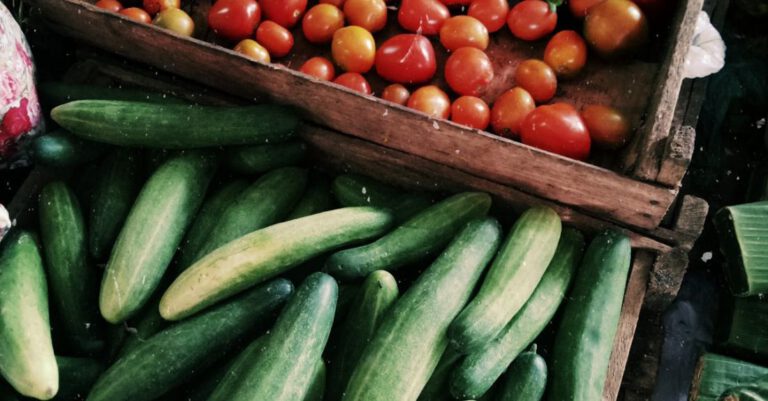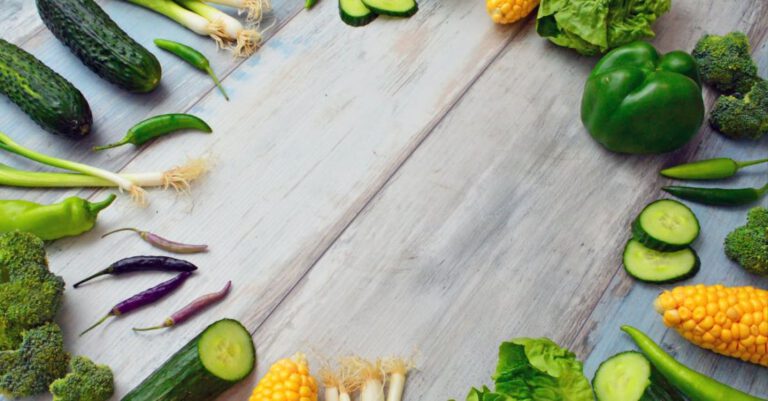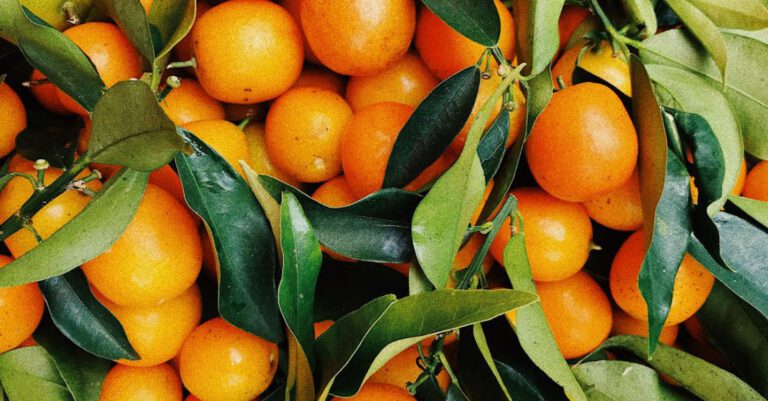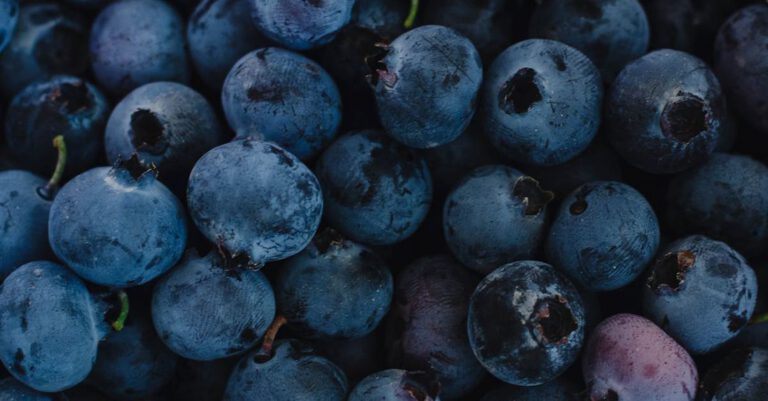
Eating seasonally can be a game-changer when it comes to meal planning. Not only is it better for the environment and supports local farmers, but it also ensures that you are getting the freshest and most flavorful produce available. Planning meals around seasonal produce can seem daunting at first, but with a few tips and tricks, you can easily incorporate the bounty of each season into your daily meals.
Understanding the Seasonal Calendar
The first step in planning meals around seasonal produce is to understand the seasonal calendar. Different fruits and vegetables thrive in different seasons, so it’s essential to know what is in season when. In general, spring is the time for asparagus, strawberries, and peas, while summer brings tomatoes, corn, and zucchini. Fall is synonymous with pumpkins, apples, and Brussels sprouts, and winter offers up hearty greens like kale and root vegetables like carrots and potatoes.
By familiarizing yourself with the seasonal calendar, you can better plan your meals around what is fresh and abundant during each time of the year. This not only ensures that you are getting the best-tasting produce but also allows you to support local farmers and reduce your carbon footprint by eating food that hasn’t traveled long distances to reach your plate.
Visit Farmers Markets and Local Farms
One of the best ways to incorporate seasonal produce into your meal planning is by visiting farmers markets and local farms. Not only will you find a wide variety of fresh fruits and vegetables at these markets, but you will also be able to speak directly with the farmers who grew the produce and learn more about where your food comes from.
Shopping at farmers markets and local farms also allows you to discover new and exciting fruits and vegetables that you may not find at your regular grocery store. By trying out different seasonal produce, you can expand your culinary horizons and experiment with new flavors and recipes.
Plan Your Meals Around the Produce
Once you have a good grasp of what produce is in season and have stocked up on fresh fruits and vegetables from local markets, it’s time to start planning your meals around the produce. Look for recipes that feature the seasonal ingredients you have on hand and get creative in the kitchen.
For example, if you have an abundance of summer tomatoes, you can make a fresh tomato and basil salad, a roasted tomato pasta sauce, or a tomato and mozzarella Caprese salad. If you have an abundance of fall apples, you can make apple crisp, apple pie, or homemade applesauce. By planning your meals around the produce you have on hand, you can make the most of the seasonal bounty and create delicious and nutritious meals.
Experiment with Preservation Techniques
If you find yourself with an excess of seasonal produce, don’t let it go to waste. Experiment with preservation techniques such as canning, freezing, or drying to extend the shelf life of your fruits and vegetables. Canning summer tomatoes into homemade salsa, freezing fall berries for smoothies, or drying herbs for seasoning can help you enjoy the flavors of the season long after they have passed.
By mastering preservation techniques, you can stock your pantry with homemade sauces, jams, and pickles that will add a burst of flavor to your meals throughout the year. Plus, preserving seasonal produce is a great way to reduce food waste and ensure that you always have fresh ingredients on hand.
Get Creative with Meal Prep
Meal prep is a great way to save time and ensure that you have healthy and delicious meals ready to go throughout the week. When planning your meals around seasonal produce, consider incorporating meal prep into your routine to make the most of the fresh ingredients you have on hand.
Prepare large batches of soups, stews, and casseroles that feature seasonal produce and portion them out for easy grab-and-go lunches or dinners. You can also chop, wash, and store fruits and vegetables in advance to make cooking during the week a breeze. By getting creative with meal prep, you can make the most of seasonal produce and enjoy nutritious and flavorful meals without spending hours in the kitchen.
Incorporate Seasonal Produce into Every Meal
Finally, to truly make the most of seasonal produce, try to incorporate fruits and vegetables into every meal. Whether it’s adding fresh berries to your morning oatmeal, tossing roasted vegetables into a lunchtime salad, or serving up a side of sautéed greens with dinner, there are endless ways to enjoy seasonal produce throughout the day.
By making fruits and vegetables the star of your meals, you can take advantage of the health benefits and delicious flavors that come with eating seasonally. Experiment with different cooking techniques, flavor combinations, and recipes to keep things interesting and ensure that you never get bored with your meals.
Embrace the Flavors of the Season
In conclusion, planning meals around seasonal produce is a great way to eat fresher, tastier, and more nutritious foods while supporting local farmers and reducing your environmental impact. By understanding the seasonal calendar, shopping at farmers markets, planning meals around the produce, experimenting with preservation techniques, getting creative with meal prep, and incorporating seasonal produce into every meal, you can embrace the flavors of each season and enjoy a more sustainable and delicious way of eating. So, next time you’re meal planning, be sure to take advantage of the bounty of seasonal produce available and let the flavors of each season inspire your culinary creations.




